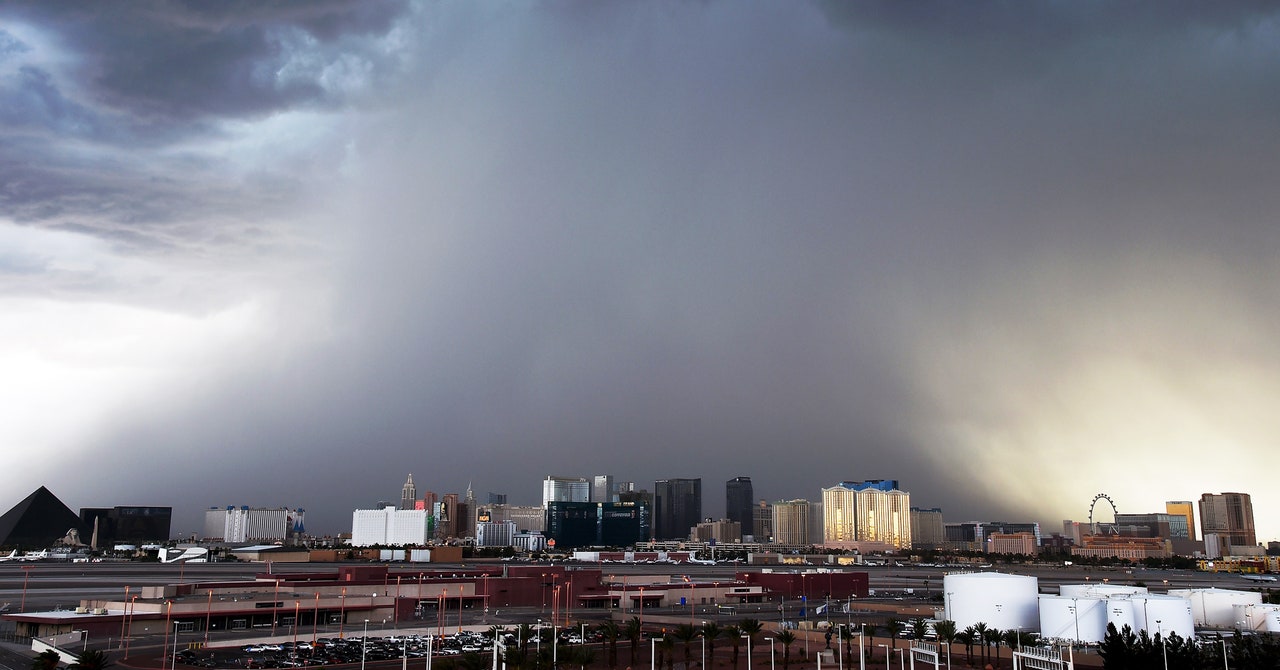
Leaf waxes also predate climate records from Antarctic ice cores, which go back only about a million years and require a climate that can support ice. One study used leaf waxes to glimpse the climate of a warmer Spain some 15 to 17 million years ago. Another looked at the moisture history of Southwest Africa for the past 3.5 million years.
Bhattacharya began using them while working as a postdoctoral fellow in Tierney’s lab. Five years ago, she and Ran Feng, a coauthor, came up with the idea of studying the Pliocene while riding a bus during a conference for young researchers.
Their analysis started with marine sediments collected decades ago by the research vessel Joides Resolution, which roams the oceans drilling cores from as deep as 6 miles below the surface. The samples used for the study were taken off the coast of California: one off the Baja peninsula from a depth of more than 2,600 meters, and one from the East Cortes Basin at a depth of 1,700 meters. During the Pliocene, leaf waxes would have been transported west on the wind to become part of this marine sediment.
The team got a cube of each core, freeze-dried them, and ran them through “a glorified espresso machine,” says Bhattacharya, using a solvent under pressure at high temperatures that extracted the waxes. Then they measured the hydrogen and carbon isotope composition using a gas chromatograph-isotope ratio mass spectrometer, which separated the waxes by their molecular mass.
“The hydrogen that’s used to make the wax is coming from rainwater that the plant uses to grow. You can think of isotopes as like a fingerprint,” Tierney says. “These isotopes actually trace the kind of rainfall you have, which is pretty cool. They can also trace the amount of winter rainfall versus summer rainfall. So, it’s pretty powerful.”
For the second part of the study, climate modeler Ran Feng, a professor at the University of Connecticut’s Department of Geosciences, ran simulations to determine how sea temperatures influenced the stronger monsoons of the mid-Pliocene. Feng found that when marine temperatures—in an area that extends from Alaska to off the coast of Baja, California—were higher relative to the usually warmer tropical waters off Central America, they created conditions for stronger monsoons in the Southwest. Warmer local air acts like a heat pump, drawing the relatively cooler tropical air and warming it, pulling in moisture. “So it creates this loop,” she says. “That’s why this is able to drive moisture into the Southwest North America regions.”
That kind of marine heat wave has occurred off California in recent years and will become more prevalent as temperatures rise, feeding more intense monsoon storms.
Monsoons will help with drought as the Southwest dries. But they will be stronger, dropping inches of rain in a short time and causing more frequent flooding. “The monsoon accounts here in Arizona for about 60 percent of our rainfall for the year,” Tierney says. “It’s an important source of water in the desert. It does, in certain hydrological systems, recharge the groundwater. But the flip side of that is that these monsoon storms can be so intense and so quick that a lot of the water can end up running off into the watersheds and off the landscape. So, it’s not always the case that it recharges groundwater.”
Those storms also threaten the built environment, and as the climate has changed, design standards for infrastructure like roads, bridges, dams, and stormwater systems have not kept pace. The National Oceanic and Atmospheric Association’s Atlas 14 reports for the US Southwest rely only on historical rainfall amounts, not a changing future, for its projections. The agency’s Southwest study was released in 2004 and last revised in 2011.
There is another troubling connection between more intense monsoons and disasters: wildfire. Stronger rainfall, Bhattacharya says, increases the growth of fuel loads by encouraging plant growth. Subsequent droughts set the stage for bigger fires.
“We think a stronger monsoon season creates unanticipated hazards from fire and flooding,” she adds, noting that more research will bring the picture into focus. “We’re planning to go further and study this in the Pliocene to see how fire and flooding respond to a warmer climate.”


